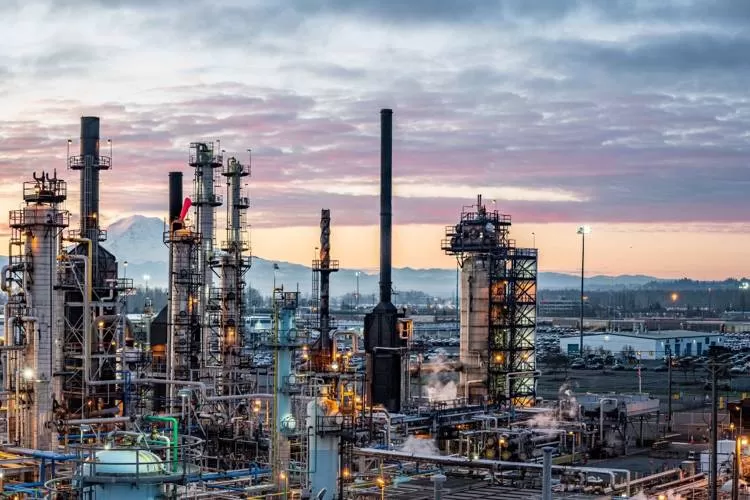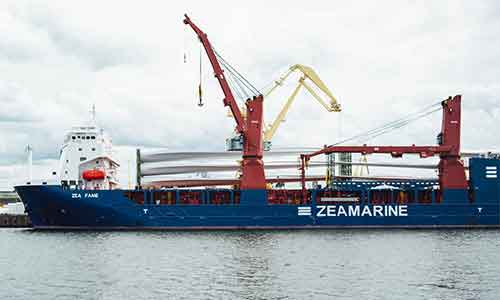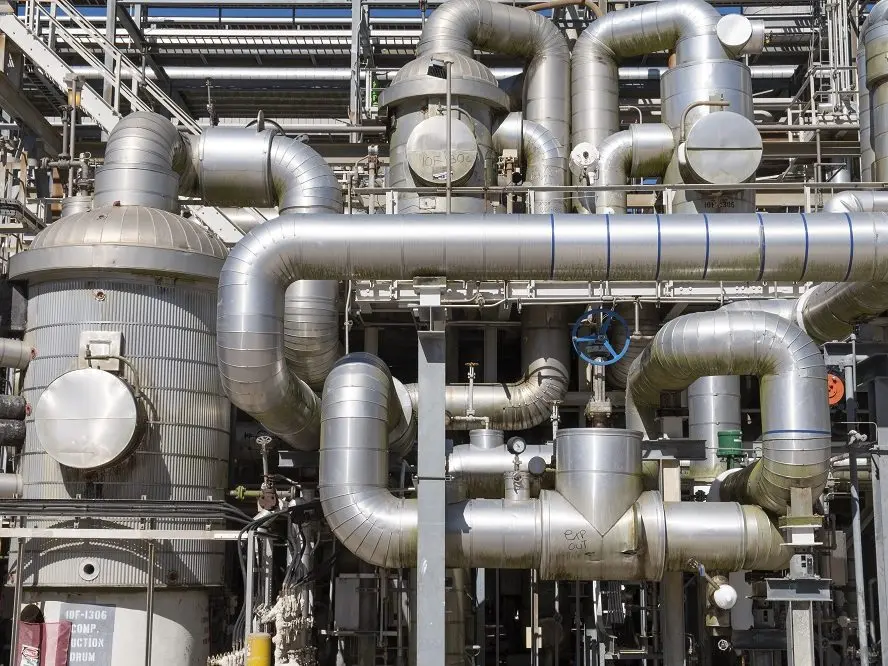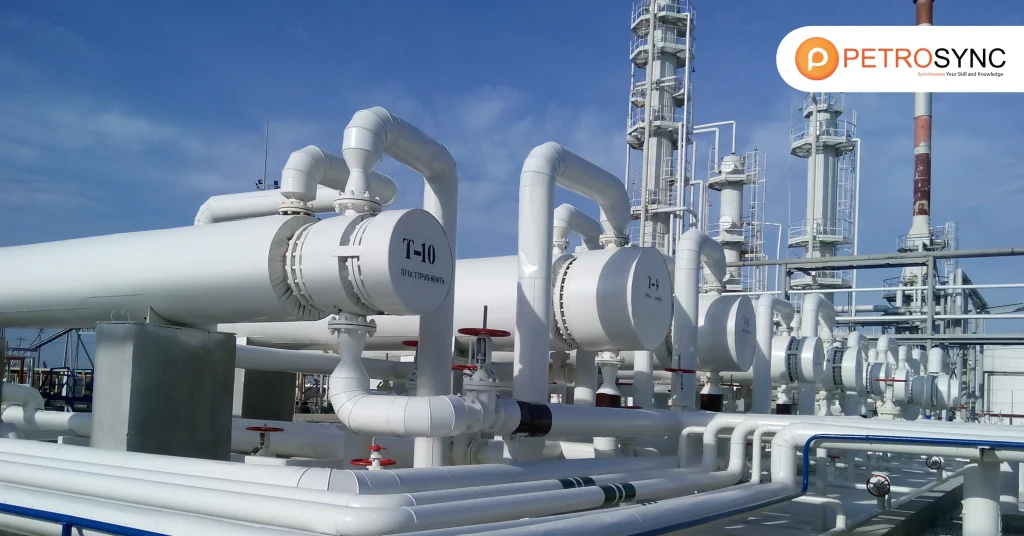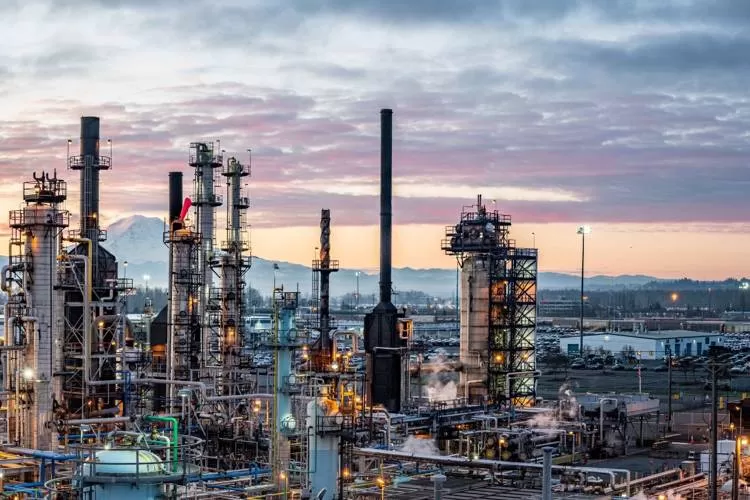An Industrial Evaporator is a critical piece of equipment engineered for thermal separation, forming the backbone of countless production lines across the globe. From pharmaceuticals and chemical processing to the food and beverage industry, these systems are essential for concentrating solutions, recovering valuable solvents, and treating industrial wastewater. Understanding how to select the right system is key to optimizing efficiency, reducing operational costs, and meeting sustainability goals. This guide will walk you through the core aspects of modern evaporator technology to help you make an informed decision for your specific application.
Understanding the Industrial Evaporation Process
The fundamental purpose of the Industrial Evaporation Process is to remove a liquid, typically water, from a solution by boiling it. This action concentrates the remaining solutes, which could be anything from valuable chemicals to food products or waste materials. The process involves carefully managing heat transfer to boil the feed liquid, creating vapor that is then separated from the concentrated liquid. The resulting outputs can be a highly concentrated product, recovered crystalline solids of high purity, or clean distillate water that can be reused within the facility, contributing to zero-liquid discharge (ZLD) objectives. This core functionality is what makes the technology so versatile and indispensable.
Key Considerations in Evaporator Design
A successful evaporation process hinges on a superior Evaporator Design tailored to the specific feed material. Different solutions have unique properties—some are highly viscous, others are prone to scaling or fouling, and many are sensitive to heat. To address this, modern systems utilize various designs, such as Falling Film Evaporators for heat-sensitive products, Forced Circulation Evaporators for scaling liquids, and Agitated Thin Film evaporators for extremely viscous materials. A modular design allows for the combination of these types to handle complex separation tasks, ensuring the equipment can manage everything from corrosive feeds to delicate liquids with unmatched precision and reliability.
Innovations in Evaporator Technology and Heat Transfer
Energy consumption is a major operational cost, which is why advanced Evaporator Technology focuses heavily on efficiency. The most significant innovations involve optimizing heat usage. Heat Transfer Evaporators now incorporate energy-saving technologies like Mechanical Vapor Recompression (MVR) and Thermal Vapor Recompression (TVR). MVR systems recycle the vapor by compressing it to a higher temperature and pressure, then using it as the heating source, cutting energy use to as low as 10-15 kWh per ton of vapor. TVR and multi-effect configurations also reuse vapor, drastically improving steam economy. These technologies are not just features; they are strategic investments that deliver substantial long-term savings.
Choosing Between Continuous and Batch Evaporators
When selecting an evaporator, one of the primary decisions is whether a continuous or batch system is more appropriate. Continuous Evaporators are designed for large-scale, uninterrupted production where the feed composition remains relatively constant. They offer high throughput and operational efficiency for consistent processes. In contrast, Batch Evaporators are ideal for smaller production volumes, multi-product plants, or processes where the feed characteristics vary. They provide greater flexibility, allowing operators to process distinct quantities of different materials, making them suitable for specialized or pilot-scale applications. The choice depends entirely on your production volume, product variety, and operational workflow.
Maximizing Efficiency with a Modern Evaporator System
Ultimately, a modern Evaporator System is more than just a single piece of machinery; it is an integrated solution designed for peak performance. These systems achieve remarkable evaporation rates, capable of removing thousands of kilograms of vapor per hour and concentrating feed solutions up to 60% Total Dissolved Solids (TDS). Features like an integrated vapor-liquid separator and automatic blowdown functionality enhance operational stability and product quality. By bringing together advanced design, energy-efficient technology, and intelligent process control, a complete system provides a powerful tool for boosting productivity, recovering valuable resources, and advancing your organization's sustainability initiatives.

